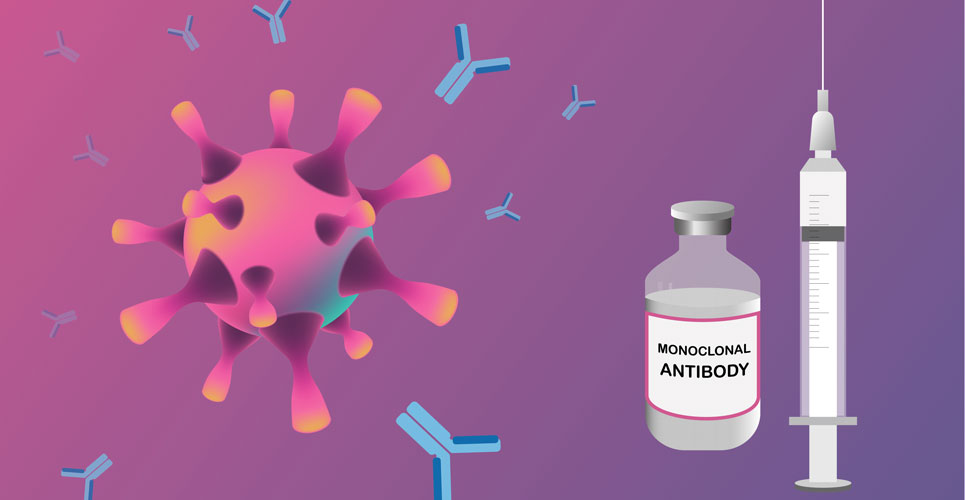With interleukin-1 (IL-1) elevated in COVID-19, the anti-IL-1 agent, canakinumab, provided no mortality benefit in hospitalised patients.
Patients hospitalised with COVID-19 often present with a systemic hyperinflammation, characterised by excessive amounts of cytokine release and which has been described as a “cytokine storm”. During this storm, elevated levels of interleukin-1, 6, 18 and interferon-gamma have been identified. Moreover, treatment with the anti-interleukin-6 agent, tocilizumab, has been shown to improve survival and other clinical outcomes. An examination of the immune-profile of COVID-19 has identified that IL-1 is one of the pro-inflammatory cytokines that defines the core COVID-19 signature. But whether the use of anti-IL-1 treatment with canakinumab would prove to be as effective as an anti-IL-6 agent remains unclear. Consequently, a team from the Division of Rheumatology, Department of Medicine, Temple University, Philadelphia, US, decided to perform a randomised trial to evaluate the efficacy of canakinumab, in patients hospitalised with severe COVID-19. The double-blind, placebo-controlled trial was undertaken across 39 hospitals in Europe and the US and patients were randomised on a 1:1 basis to receive one dose of canakinumab or placebo (5% dextrose) infused over a two-hour period. The dose of canakinumab was based on a patient’s weight; 450mg for 40–60kg, 600mg for 60–80 kg or 750mg for >80kg. Included patients were at least 12 years of age, hospitalised with severe infection but without the need for invasive mechanical ventilation (IVM). The use of treatments including glucocorticoids, antivirals and anti-coagulants was permitted during the study but not any biologics targeting either IL-1 or IL-6. The clinical outcome of patients was assessed using the World Health Organization 9-point ordinal scale and which ranges from 0 (uninfected) to 8 (death) and the primary endpoint was the proportion of patients who survived without the need for IVM from day 3 to day 29 and a secondary endpoint was COVID-19 mortality between days 1 and 29.
Findings
A total of 448 patients with a median age of 59 years (41.2% female) were randomised to receive canakinumab (225) or placebo (223). The proportion of patients who survived without the need for IMV from day 3 to 29 was 88.8% in the canakinumab group and 85.7% in the placebo arm, giving an odds ratio (OR) of 1.39 (95% CI 0.76–2.54, p = 0.29). Similarly, the death rates were 4.9% vs 7.2% (canakinumab vs placebo) which was again not significantly different (OR = 0.67, 95% CI 0.30–1.50).
The authors discussed how these results clearly demonstrate the limited benefit of the anti-IL-1 agent, canakinumab for increasing the likelihood of surviving without the need for IVM. This was in contrast to other data with anakinra, another anti-IL-1 agent, which demonstrated favourable outcomes in patients with COVID-19. They concluded that canakinumab offered no benefit in COVID-19.
Citation
Caricchio R et al. Effect of Canakinumab vs Placebo on Survival Without Invasive Mechanical Ventilation in Patients Hospitalized with Severe COVID-19 A Randomized Clinical Trial. JAMA 2021

